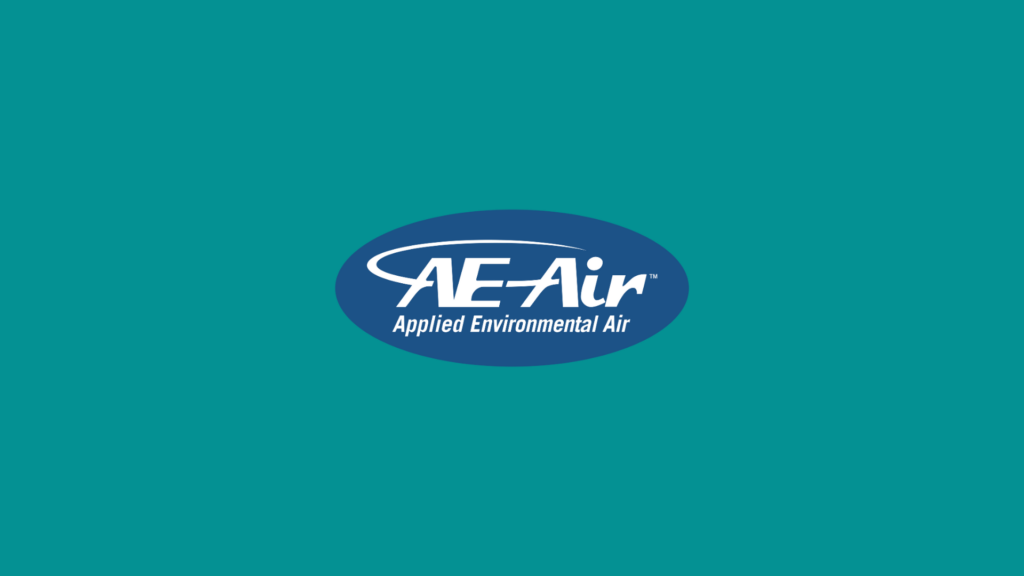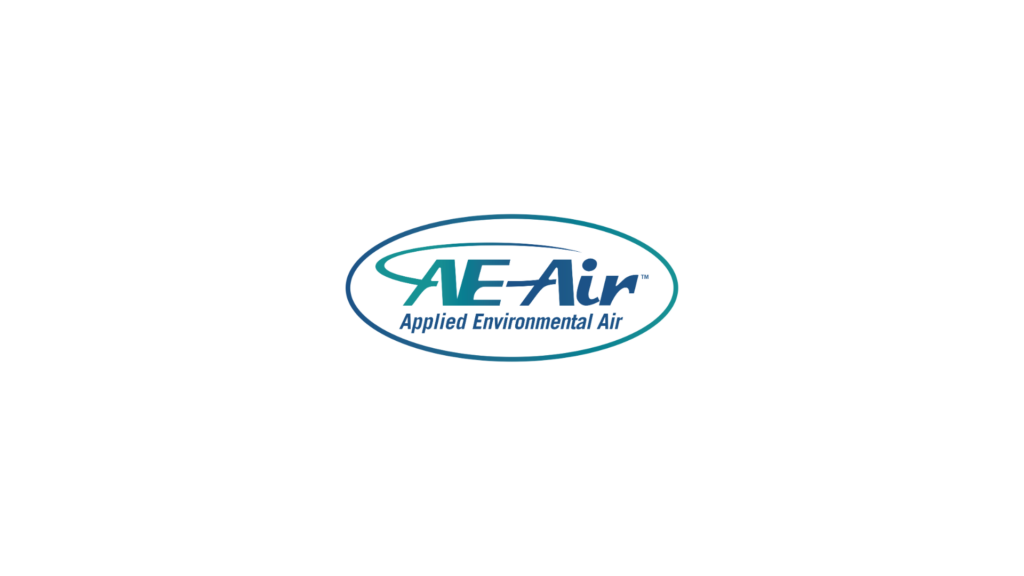Introduction
Space constraints in modern building projects present significant challenges for architects and engineers. Efficient use of available space is often critical, especially in urban environments where every inch counts. Vertical water source heat pumps emerge as a viable solution to these challenges, offering a compact yet powerful option for heating and cooling needs.
These innovative systems are designed to utilize vertical space effectively, leaving more room for other essential building components. By extending into the vertical plane, they minimize the footprint required within a facility, making them ideal for buildings with limited floor space. Their ability to integrate seamlessly with existing HVAC systems further enhances their appeal.
Incorporating vertical water source heat pumps can lead to significant improvements in building efficiency and utility cost savings. With their unique design and capabilities, they provide optimal climate control without compromising valuable space. For developers and engineers seeking practical HVAC solutions that align with modern building constraints, these heat pumps offer both flexibility and efficiency.
Understanding Vertical Water Source Heat Pumps
Vertical water source heat pumps offer remarkable advantages for addressing space constraints in building designs. Their compact vertical design distinguishes them from traditional systems, optimizing the use of vertical space while maintaining efficient heating and cooling performance. This makes them particularly advantageous in urban settings or facilities where horizontal space is a premium.
These systems function by tapping into underground water sources, utilizing the Earth’s stable temperature to provide consistent climate control. The vertical configuration allows these pumps to be installed in narrow spaces such as corridors or utility closets, which helps to free up essential area for other building functions. This vertical orientation reduces the overall footprint of the HVAC system and ensures that valuable floor space is not compromised.
Moreover, vertical water source heat pumps are designed for high efficiency, reducing energy consumption and operational costs. By providing efficient heating and cooling all year round, they help buildings meet energy standards and enhance environmental sustainability. This efficiency makes them an appealing choice for developers and architects aiming to achieve both functional and green building targets.
Key Installation Considerations
Installing vertical water source heat pumps requires careful planning to maximize their benefits. Space constraints demand precision in implementation to ensure efficiency and maintain building aesthetics. Here are some key considerations for optimal installation:
- Site Assessment: Evaluate the building’s layout and available space to determine the best vertical installation points. Consider factors like access to water sources and integration with existing systems.
- System Sizing: Select the appropriate size of the heat pump to match the heating and cooling demands of the building. Proper sizing prevents energy inefficiencies and ensures consistent performance.
- Structural Support: Ensure that vertical installations are supported by robust structural elements to avoid potential issues related to weight and vibration.
- Accessibility: Design for future maintenance by ensuring that the heat pump and its connections are easily accessible for inspections and servicing.
- Regulation Compliance: Verify that the installation adheres to local building codes and environmental regulations to avoid legal complications.
Checklist for installation:
- Conduct a thorough space and site assessment
- Select the correct system size for your building’s needs
- Plan structural reinforcements if needed
- Guarantee easy access for maintenance purposes
- Confirm all regulatory requirements are met
With these considerations and steps in place, vertical water source heat pumps can be installed effectively in space-limited areas, ensuring peak performance and ease of maintenance.
Complementing HVAC Systems with Closet Chilled Water Fan Coils
Integrating vertical water source heat pumps with closet-chilled water fan coils creates an efficient and space-saving HVAC solution. Closet fan coils are designed to fit into compact spaces, which perfectly complements the vertical pump setup by utilizing minimal room while delivering robust climate control. This pairing leverages both components’ strengths to maintain comfort without sacrificing valuable floor or wall space.
Closet chilled water fan coils effectively distribute conditioned air throughout a room, ensuring that temperature control is consistent and efficient. Installed in closets or similar confined spaces, these fan coils work seamlessly with vertical water source heat pumps, which handle the heat exchange process. This combination ensures the entire system operates optimally while maximizing the use of available vertical and horizontal spaces.
The resultant system is highly efficient, both in terms of energy use and spatial design. By exploiting the vertical alignment of the heat pumps and the compact nature of the closet fan coils, buildings can achieve a high level of energy savings without disrupting interior layouts. This setup is especially beneficial in facilities where design flexibility and reduced energy costs are critical considerations.
Overcoming Common Challenges in Compact Installations
Implementing vertical water source heat pumps in tight spaces comes with its challenges. Identifying these hurdles and preparing to tackle them is imperative to achieving a successful installation.
Challenges include:
- Limited Access: Tight installation sites can make access difficult for both installation and future maintenance tasks.
- Airflow Restrictions: Ensuring proper airflow within confined spaces can be tricky, potentially affecting system efficiency.
- Vibration and Noise Control: Close proximity to living or work areas may require additional measures to manage vibration and noise.
Solutions and Tips:
- Access Planning: Design layouts with future maintenance in mind, including detachable panels or modular components for easier access.
- Optimize Airflow: Utilize duct design strategies and select fans that maintain optimal airflow in restricted spaces.
- Noise Mitigation: Implement sound-dampening solutions and ensure that components are properly mounted to minimize vibration and noise transmission.
By anticipating these installation challenges, engineers and architects can develop effective strategies to address them, ensuring the system’s efficiency and longevity.
Conclusion
Adopting vertical water source heat pumps, especially when paired with closet chilled water fan coils, presents an innovative solution for modern construction projects limited by space constraints. This combination not only delivers on efficiency and energy savings but also affords more flexibility in building design and use.
Explore how AE Air can help transform your building projects with state-of-the-art HVAC solutions tailored to your needs. Our expertise in integrating vertical water source heat pumps with compact fan coil systems ensures your project maximizes space without sacrificing performance. Let us guide you to a more efficient and sustainable future.


